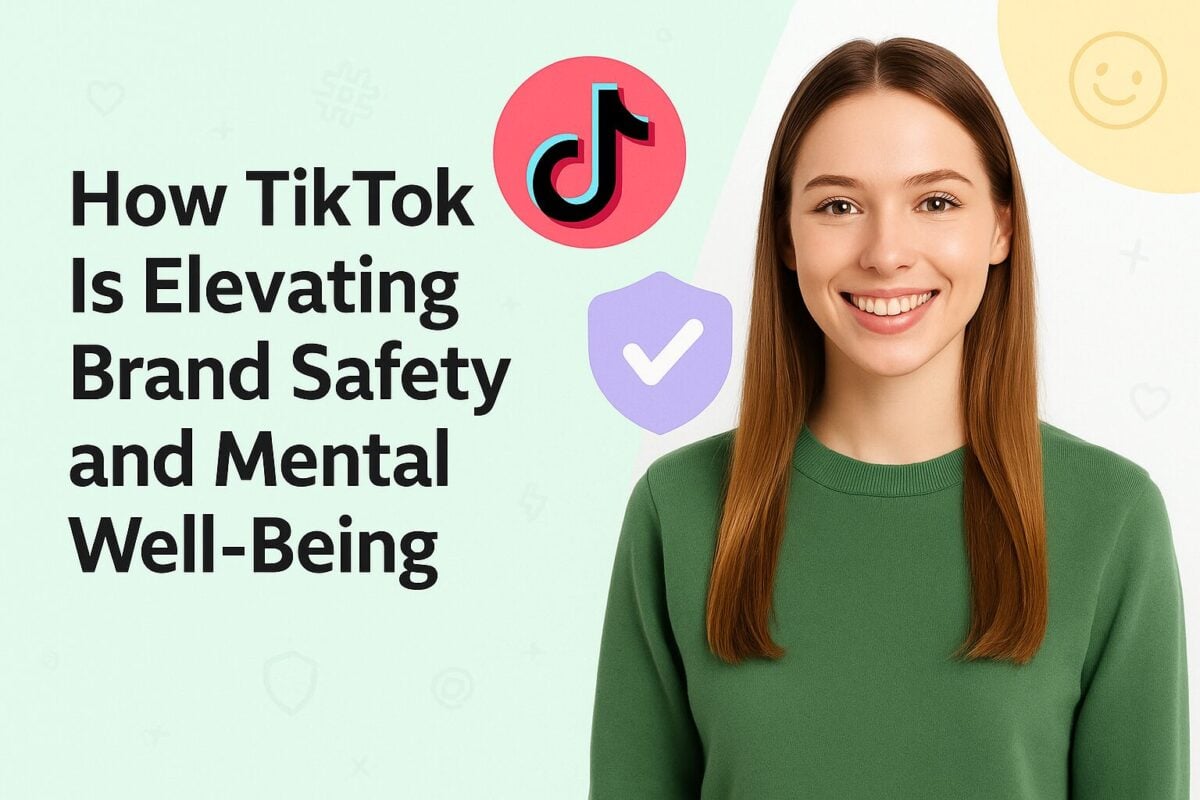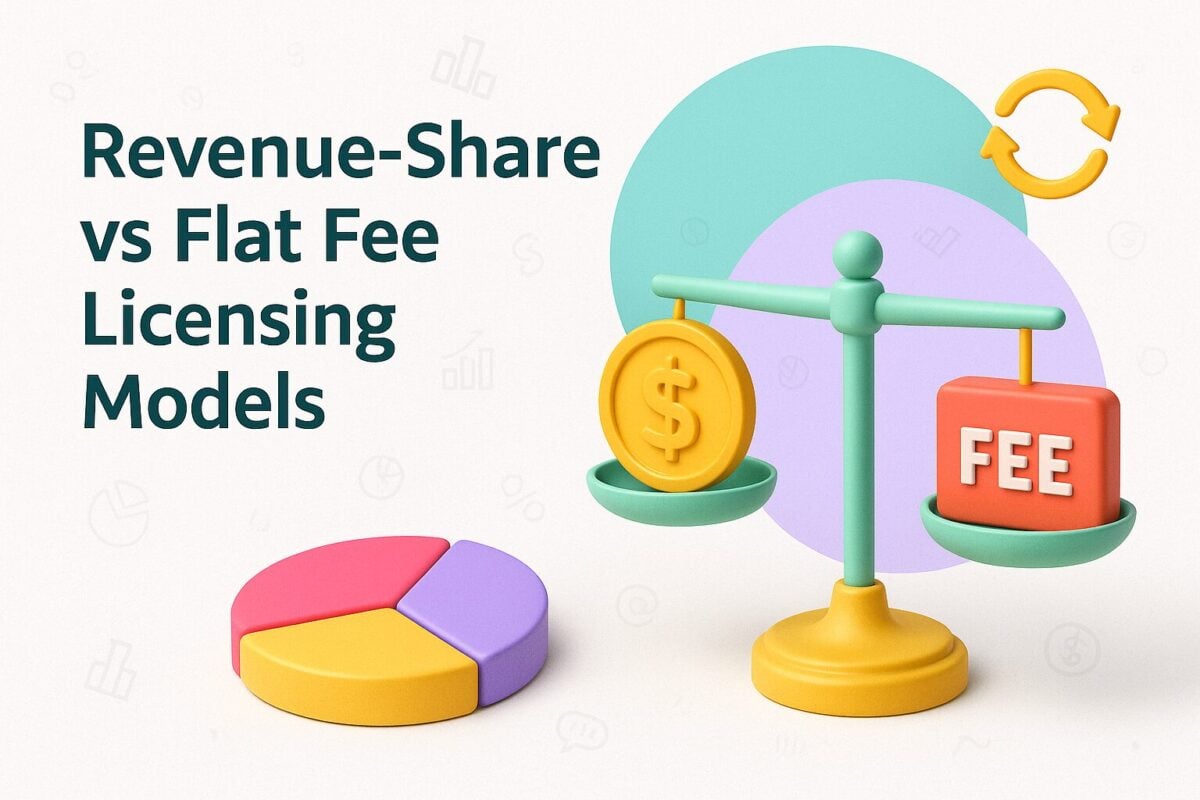The more experience you have, the easier the task at hand. An experienced designer will create a logo faster than a novice, a skilled copywriter can write a text on a familiar subject hands down, and a targeting specialist with ready audiences can give you productive leads from day one.
Nonetheless, there’s always the “new niche” factor, when you’ve done something similar but in a different area.
For example, an agency that specializes in cosmetics receives a call from a client who asks them to find influencers in the automotive category. The agency’s portfolio that was painstakingly compiled over five years can only be used partially for this request, so there’s a need to find and verify additional opinion leaders for the client (without spending another five years doing this).
For the purposes of this article, let’s imagine that you are that agency (or an independent business that decided to act on its own).
To streamline influencer discovery in new niches, Influencer Marketing Hub has partnered with HypeAuditor to introduce the Instagram Follower Growth Analyzer, a tool that helps you quickly identify and verify influential accounts by analyzing their follower growth, saving time and ensuring targeted outreach in unfamiliar categories.
Join the Planet’s largest community of Creators & Influencers Registration includes Already A Member? Sign In
Register for Free
Do’s and Don’ts of Finding Influencers for Your Product:
Doing It Manually
Below we are going to talk about professional methods of finding dozens or even hundreds of influencers, from nano influencers to people with millions of followers. This means that we are going to use influencer marketing tools and platforms. After all, you’d be surprised if a plumber showed up to your house without his tools and supplies – this principle applies to pretty much any profession.
But that doesn’t mean that you can’t try to solve the task manually:
- Google – simply google something like “top fashion influencers.” You can switch over to Advanced Search and filter the articles by date. The downside to this method is that your search results will be filled with articles with influencer lists compiled by journalists from all sorts of media. Such compilations can be biased and they won’t give you a full overview.

- Search Instagram by hashtags — if you know the keywords that people use to find your business, use them in your Instagram search. The first disadvantage of this method is that you’ll need special services to produce a list of all hashtags as you won’t be able to find them all on your own. The second potential problem is that not all content creators use hashtags or use them correctly.
- Search by location for local businesses — an organic food store may look for gyms and personal trainers nearby to create promo integrations or sponsored content. To do this, open the gym’s location tag on Instagram’s Top tab and check out all the posts under this tab. Keep in mind, however, that you need to understand clearly who you are looking for and that not everyone specifies their location. This means that there may be an excellent nano influencer right next to you, but you won’t find them using this method.
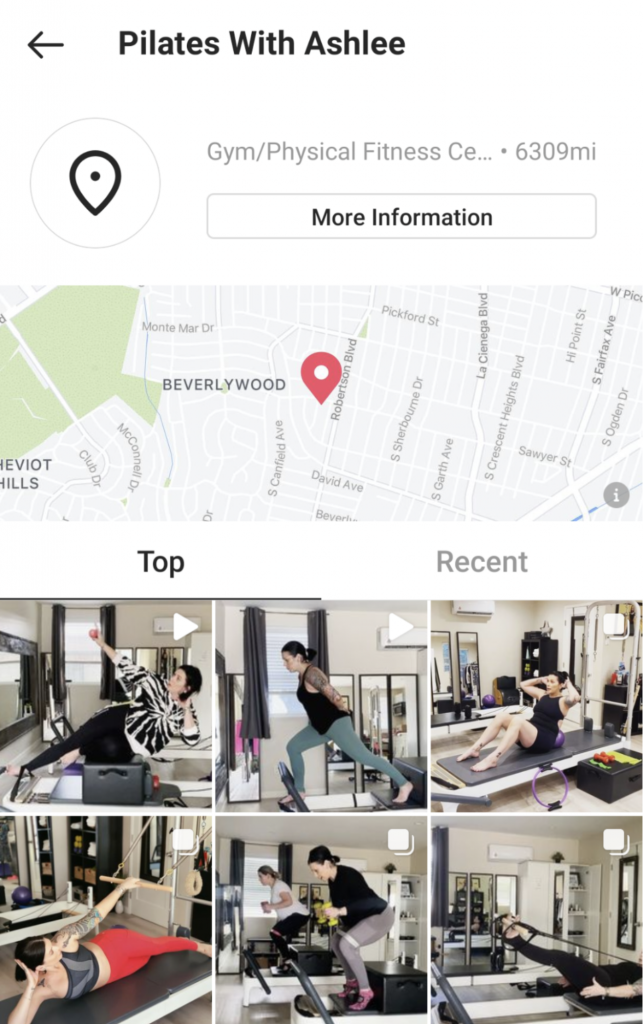
Source: instagram.com
- Subscribe to niche influencers — After you follow someone, Instagram will give you more recommendations on possible subscriptions. The drawback of this method is that recommendations are given on the basis of your own account’s activity, not just the opinion leader that you decided to follow.
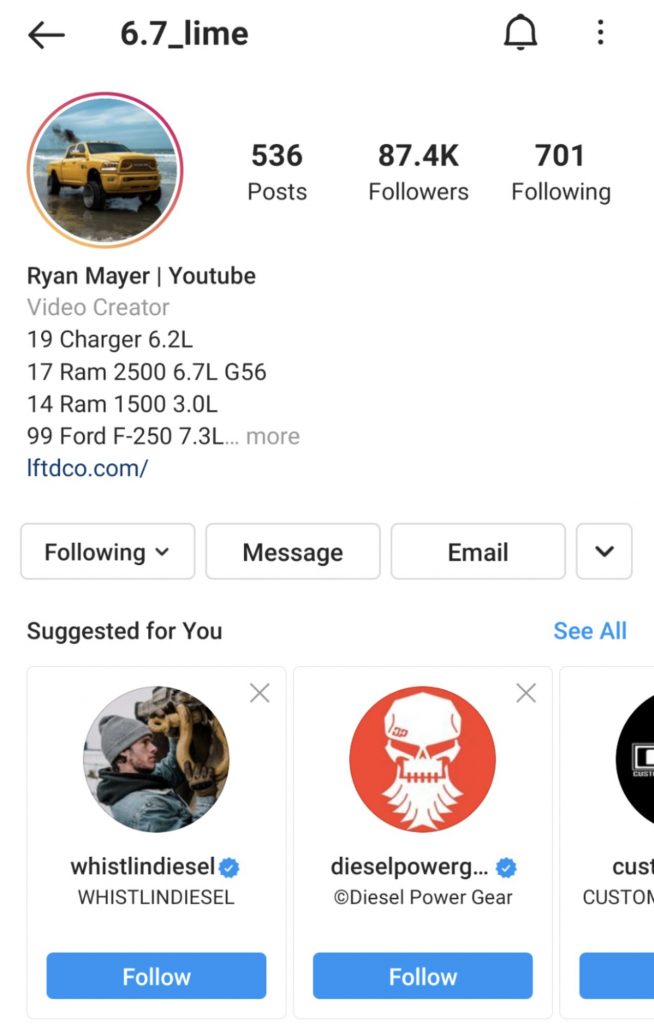
Source: instagram.com
- Study your competitors’ advertising — at the very least, visit their Mentions tab in the Instagram profile to see who mentioned them. The downside is that you’ll only see the mentions that the account owner approved, and that there are no stories to check.
There’s another method that requires some data analysis. Do a search in subscribers to see who subscribes to you and has more than 2,000 followers. Instagram itself doesn’t have a tool to collect this information but there are external services that can be used to collect data about your followers.
Four Proven Methods to Find Influencers in any Niche
1. Basic search by categories
Instagram has categories, but… you cannot search them.
For example, if you put down Jewelry in your search bar, the result will be a list of accounts, hashtags and places, but you won’t get a list of those content creators who marked themselves in the Jewelry/Watches category. Plus, there are so many Instagram categories that if you need a fitness trainer, they can be listed under the categories of Fitness Model, Athlete, Fitness Trainer, Swimming Instructor, and more.
There are a number of external services that make the search by Instagram categories possible. In addition to this option, such services as trendHERO, HypeAuditor and Heepsy use AI to try and assign the influencers to their proprietary categories based on the content they post. For example, if a person writes about promoting and building up accounts, they are put in the Marketing category, and if someone’s main content is their kids and husband, it’s Family, Kids, and Relationships.

Source: trendhero.io
We call this a basic search because it forms the foundation for the other steps.
You have to figure out how many accounts there are in a given category, who writes on the subject that’s relevant to you, and flip through several accounts to find the words they use to describe themselves. But don’t spend too much time on this and manually review every single account – below we present far easier ways to do this.
2. Similar influencers in the relevant niche
There are two methods of finding similar accounts:
- By geography and audience size: for example, if an influencer is from Boston and has 40,000 followers, the service will give you a list of accounts with more or less the same parameters. This principle is used by HypeAuditor.
- By lists of followers – the service analyzes the list of those followed by the users who interact with your content or the content of the opinion leader. This way you can learn who else the audience of a certain account follows and reads. This is how trendHERO operates.
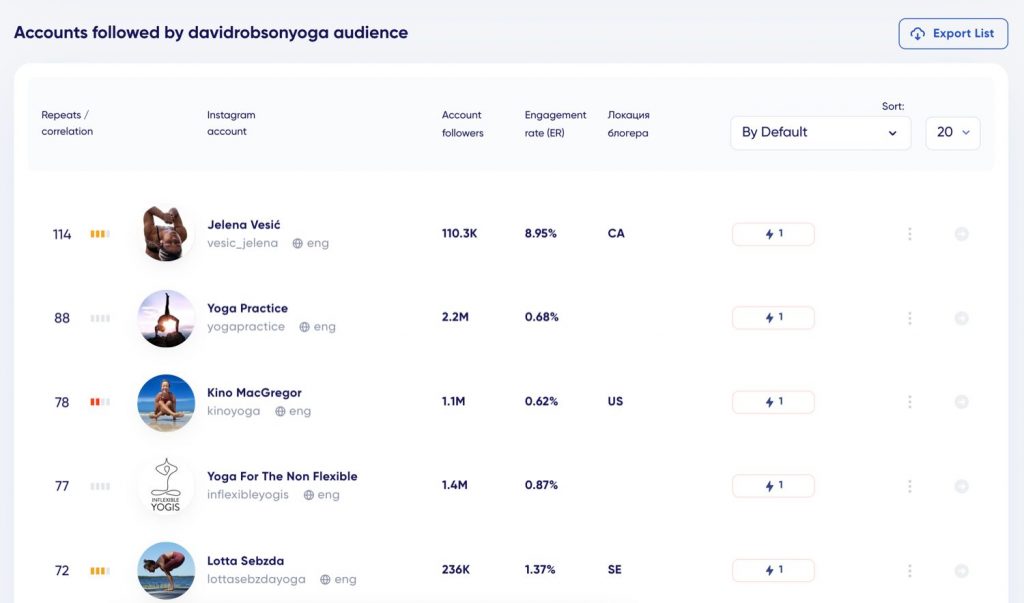
Source: trendhero.io
The best way to do this is to combine search by categories and search for similar.
For example, we found several content makers in the automotive category. We search for those who are similar to them and kill two birds with one stone. On the one hand, we’ll get hundreds of other people to approach with an offer of sponsored content, while on the other, we check their audiences. Because if an automotive influencer’s audience doesn’t follow other accounts on the subject, it’s a pause for thought, whether this person really is who we need.
3. History of sponsorships
We already said this before, but services give you more options. With specialized tools you can search through the history of influencer’s sponsored content, including the posts that were deleted, instead of just looking at their “Mentions” tab.
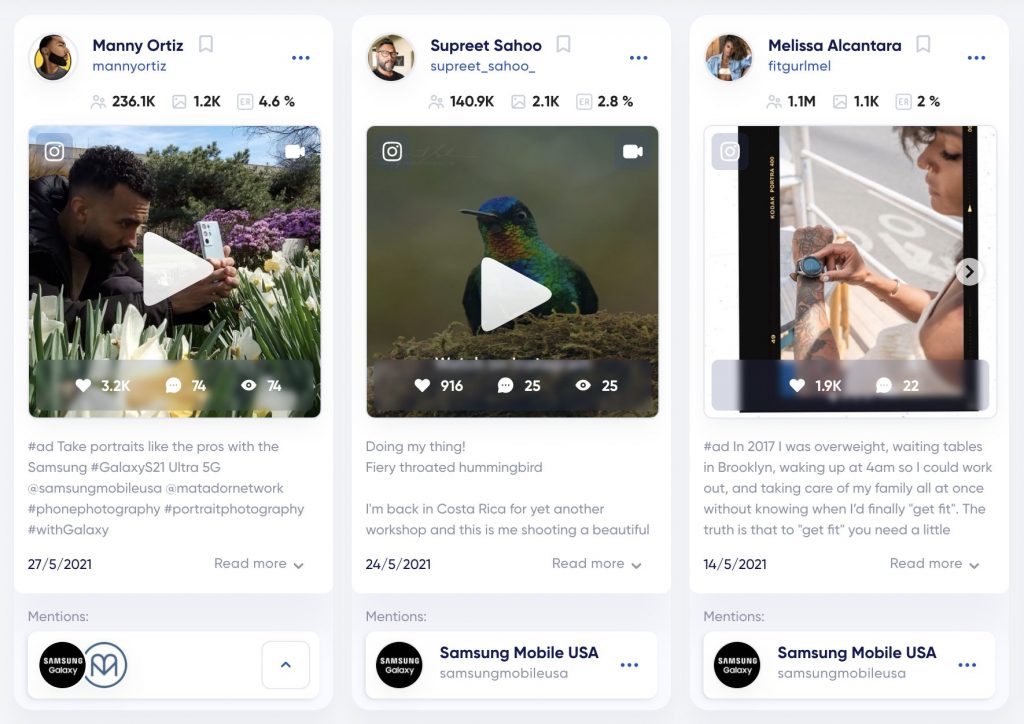
Source: trendhero.io
For example, trendHERO has an Ad Posts section. Search it by influencer’s account or look for the names of the sponsors. There are two basic ways to use this feature:
- Analysis of the competitors and the niche. You see which opinion leaders are chosen by those who already advertise themselves. If you don’t want the same people to promote your product, you can cross them off the list. Or, you can decide that it wasn’t a direct competitor, and get in touch with the influencer.
- Influencer analysis. Using this service, you can see this person’s ads history and how they published sponsored content. You can refuse to work with them if they advertised the brands that are questionable to you, and you can see how much work the influencer puts into the sponsorship deals and what results they bring.
This works both for accounts with a million followers and for micro influencers with 10,000 followers and more.
4. Keywords
This is an intricate but very powerful tool of influencer discovery.
Where do I find the keywords? One option is to download them from Google Search Console if you have this service enabled on your site. For somebody else’s site you can use Keywords Planner in Google Ads:
- Choose Keyword Planner from the Tools menu
- Select Start with a website tab
- Type the address of your competitor’s or your own site
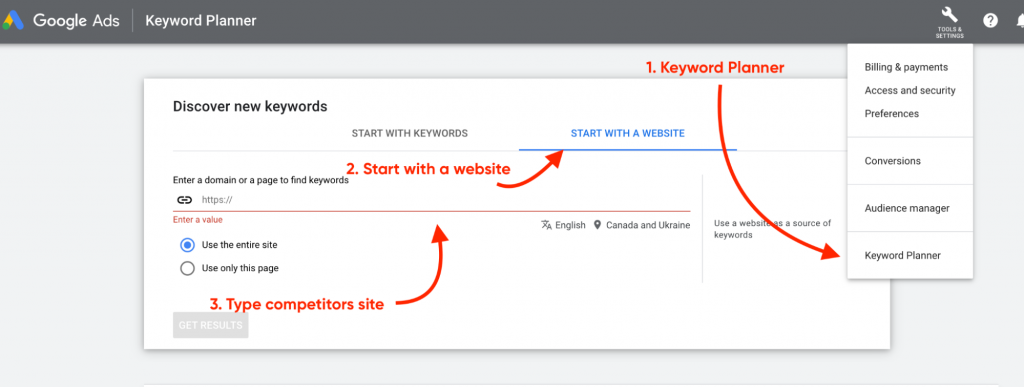
This instrument is free to use but you can also employ paid services such as Serpstat – they give more information.
Once we find the keywords, we start to input them in our search for influencers. In our example, we began searching for a tire store:
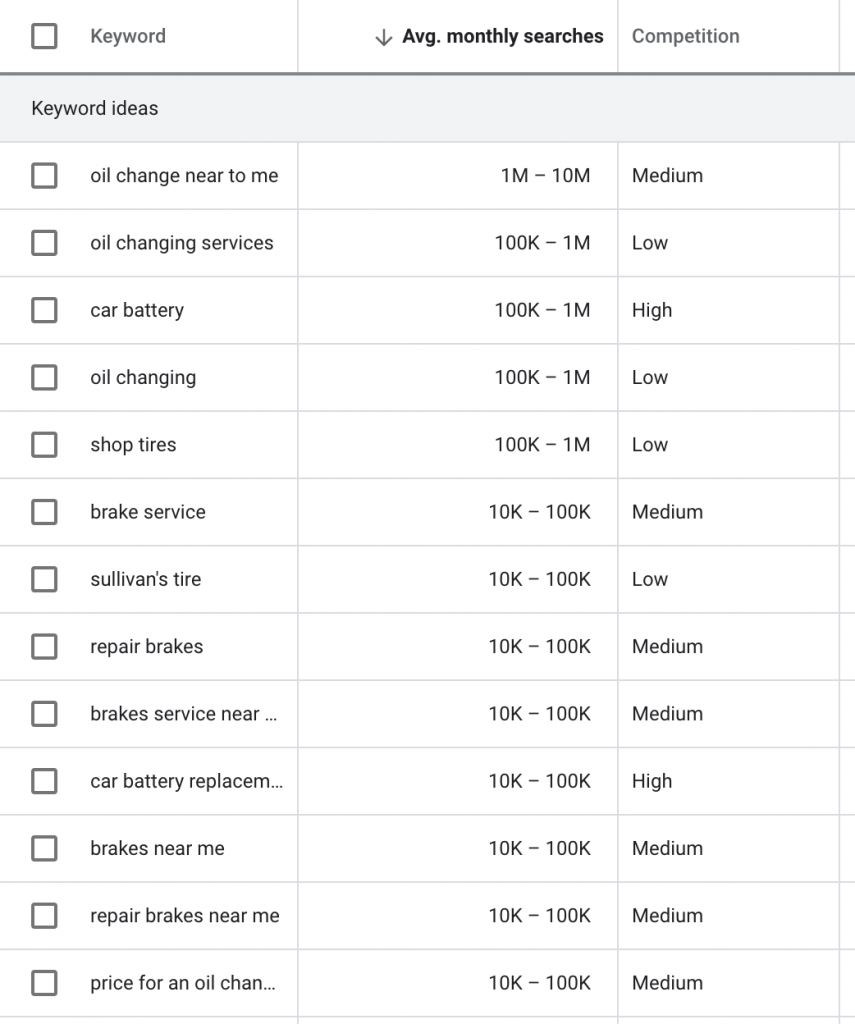
Source: ads.google.com
We save this list, go to the influencer marketing platform and type these words in the search bar:

Source: hypeauditor.com
Or in the Ad Posts search:

Source: trendhero.io
This way we can find a lot of options, but the downside is that you’ll have to spend quite some time to figure it all out. If you plan to work more with this specific market niche, then our advice is to use this method at least once. But if you need a quick answer, it’s better to use methods 1 to 3.
Three Methods of Influencer Discovery That Don't Work
1. Search only by Engagement rate (ER)
This indicator is often used in influencer marketing, but you should never make your decision on the basis of ER alone. If you search by “ER>5%,” you may miss a vast number of exciting content creators with good sponsorship potential.
There are three factors at play:
- Fake engagement (fake likes and comments).
- ER depends on the size of the influencer’s audience.
- CPM or cost per thousand impressions.
The first one is obvious. ER is pretty easy to fake and there are plenty of accounts that practice fake engagement. So, if you want to work with a specific opinion leader, look at other indicators as well. Other non-organic methods of ER growth are Instagram giveaways and TikTok influencers – although they receive likes from real people, these people often don’t follow them (in the case of TikTok) or will unfollow sometime soon (after the giveaway).
Second point to keep in mind is that the bigger the account, the smaller the ER. Here is some data from the U.S. market:
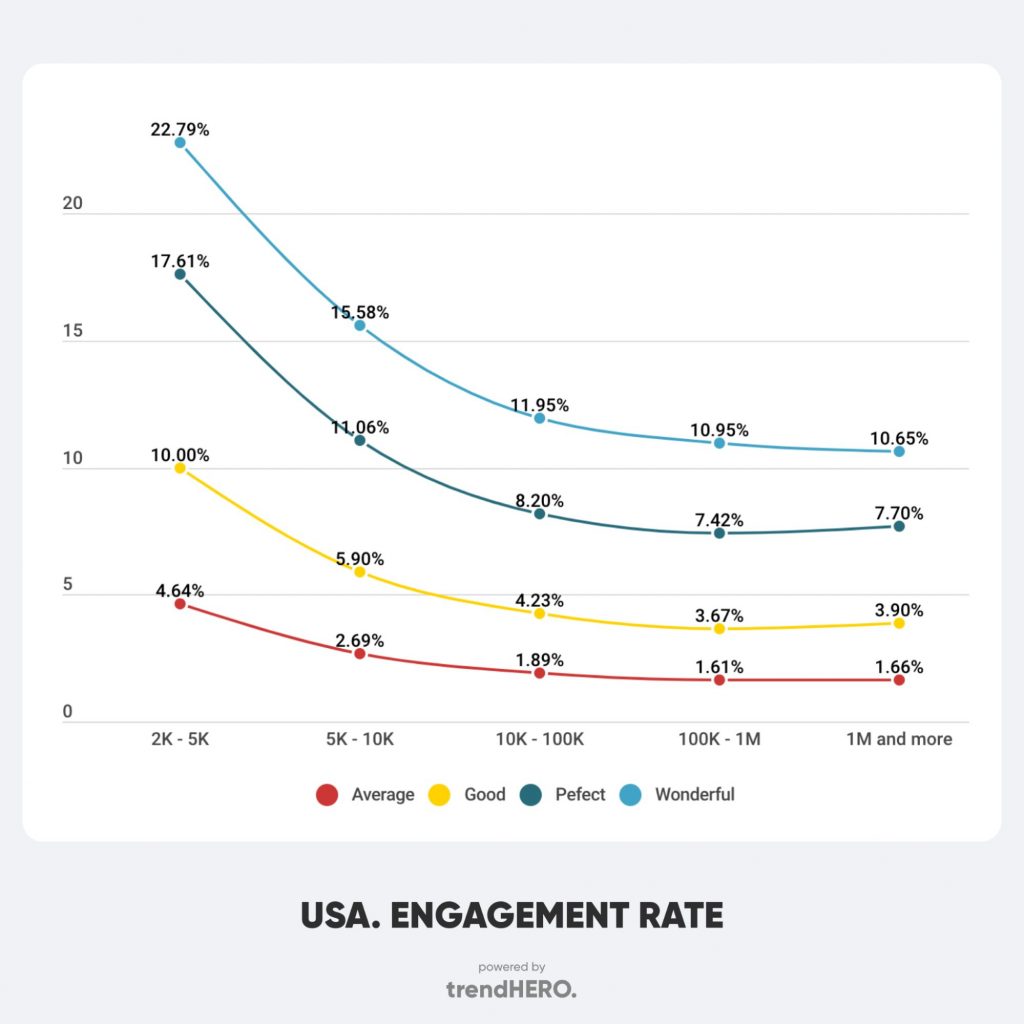
Source: trendhero.io
The third factor is the most important one: when you pay an opinion leader for sponsored content, you essentially buy target audience reach from them.
For example, we continue to search for influencers in the automotive niche. We have a choice of two influencers with 100,000 followers each: the first one has an ER of 8% and lifestyle content, and the second one has an ER of 4% and writes about choosing cars. Which one will you choose? And what if the second one offers CPM for 25% less or more than the first one?
Our objective is NOT to choose an opinion leader with the biggest ER, but to find the best alternative for our budget.
2. Friends or relatives of influencers
If you work with influencers, at some point they begin to offer additional sponsorship options with “linked” accounts: relatives, friends, or their other accounts.
It may seem like a great idea at first sight.
The problem is we don’t quite know how their audiences overlap. There are two options:
- If they have a common audience, we won’t get any sizable increase in the advertising campaign’s reach.
- If the audiences are different, the other person might be working in a completely different niche.
Both options are actually less attractive than the search for other opinion leaders with no connection to the one in question.
3. Search only for macro influencers
We already mentioned that an average ER depends on the number of followers. This is the primary reason why you should take a close look at micro influencers (or even nano influencers).
Plus, we all know that the smaller the niche, the less content creators there are. For example, there are many more travel bloggers than those who post about survival in the desert. That’s pretty obvious.
What is less obvious is a choice between a macro influencer with some umbrella theme (such as lifestyle or wellness) or a group of niche micro and nano influencers.
Who is better:
- A lady with lifestyle and family content (1M followers)
- 20 micro influencers with 15K followers each who write on a specific subject.
Let’s do some calculations on reach.
We know very well that Instagram doesn’t show the post to all followers. For an influencer with a million followers and ER of 2%, one post will be seen by 100,000-200,000 people. For a micro influencer with 15K followers and ER of 10% and higher, one post will be seen by 5,000-8,000 followers. If you get 20 such opinion leaders, you’ll reach 100,000-160,000 people. In other words, the reach for two options may be compatible.
Too often, the businesses choose the bigger opinion leaders due to the seeming simplicity of this arrangement. We think that a million followers is very impressive and that somebody out of that million is definitely a potential client. And you only have to agree on arrangements with such a person once (instead of 20 times with each new influencer).
However, people fail to take into account that a lifestyle content creator offers sponsors a general interest audience, but with micro influencers you get access to those who are already interested in the subject. In other words, if we are offering a popular mobile phone, both options are pretty much equivalent. But if we are selling board games or photo cameras (in other words, niche products), the micro influencers may give us a better result.
The decision is yours, of course, but we strongly recommend trying the micro influencers out: there’s a good chance that such collaboration will be more effective both financially and in terms of reach.
Let’s Sum Up:
- Follow the influencers you find interesting.
- Search by category.
- Search by similar.
- Check out the competitors’ sponsorships.
- Use keywords.
This way, you can find hundreds of content creators in an unfamiliar market niche with just an hour or two of searching.
Author bio:




